Flat Feet in Children – When to Worry and When It’s Normal
Many parents get concerned when they notice their child’s feet looking flat or when the arch seems missing while standing. Flat feet in children, also known as pes planus, is a common condition — but it’s not always a cause for alarm. In most cases, it’s a natural part of development and corrects itself over time. However, in some situations, flat feet can signal underlying issues that require medical attention. In this blog, we’ll explain what’s normal, when to be concerned, and how to ensure your child’s feet stay healthy. What Are Flat Feet? Flat feet occur when the arches on the inside of the feet are not visible or appear collapsed, causing the entire sole to touch the floor. In young children, this is often due to undeveloped arches, which gradually form as they grow. When Flat Feet Are Normal Flat feet are common in infants and toddlers because their foot bones, ligaments, and muscles are still developing. Most children develop a visible arch by the age of 6–7 years. Flat feet in this stage are usually normal if: When to Worry About Flat Feet You should seek medical evaluation if your child: In some cases, flat feet may be linked to structural problems, tight tendons, nerve conditions, or joint disorders that need treatment. Possible Treatments for Problematic Flat Feet The treatment for flat feet depends on the underlying cause and severity. Options may include: Tips for Parents to Support Healthy Foot Development Final Word for Parents Flat feet in children are often just a natural stage in development. However, if your child has persistent pain, stiffness, or difficulty walking, early consultation with a pediatric orthopedic specialist can ensure proper diagnosis and treatment. Early intervention prevents long-term issues and helps your child enjoy an active, pain-free life. Clinic Address:C-7, Ground Floor, D- Park, Model Town -3, New Delhi 110009 Call/WhatsApp: +91 88517 77145 Website: childorthocare.online













